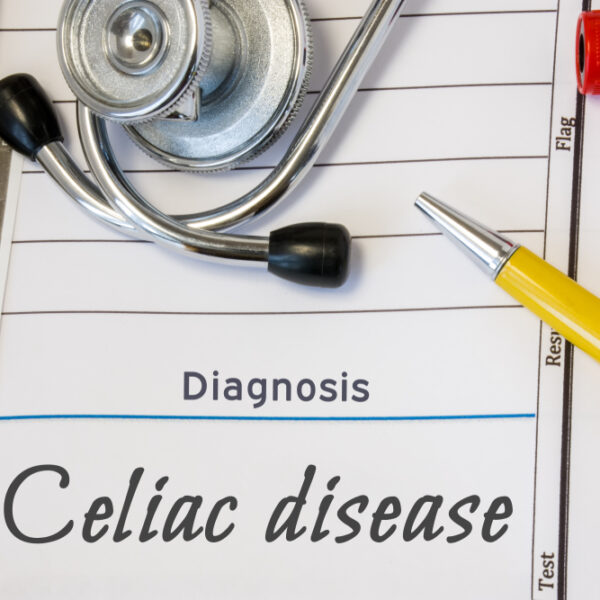
Symptoms of blood clots in different parts of the body
A blood clot is a small clump of blood that changes the consistency of blood, converting it to a semisolid or a gel-like form. Blood clots can exist in the exterior parts of the body as well as in the interiors. The blood clots that are formed inside the body are fatal than the ones that are formed on the exteriors of the skin. Exterior blood clot symptoms are quite evident, you will be able to see the formation of a red patch on your skin. Clotting of blood can also help you in losing a lot of blood when you get cuts or injuries. Common blood clot symptoms can be seen as clots on the exterior, but they differ depending upon the location and nature of the clot. Let us look at the blood clot symptoms based on the location of the clot: Arm or leg: Arms or legs are considered to be the most injury-prone parts in the human body. The common blood clot symptoms of a clot in the arms of legs include swelling, soreness, sudden pain and warmth in one spot. Brain: Developing a blood clot in brain usually leads to a stroke and can cause fatal damage to the life expectancy of a person.









